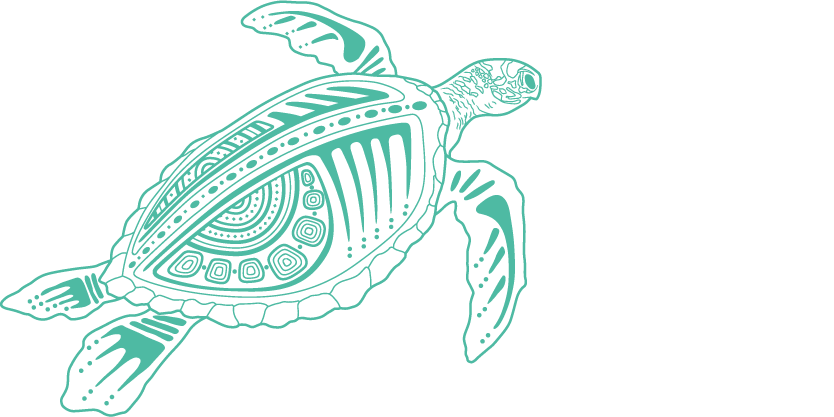In this section, the term ‘water column’ refers to the pelagic zone, which encompasses the open ocean area between the coast and the outer boundary of the Marine Park. With a total volume of 7200 cubic kilometres, the water column serves as a crucial conduit linking all the habitats in the Region. It supports numerous species, including plankton and microbes, invertebrates, pelagic fish, sharks and rays, and cetaceans (whales and dolphins). The water column is an important medium for energy and nutrient cycling and facilitates the dispersal of numerous larval organisms via ocean currents. Condition of the water column as a habitat considers various physical, chemical, and biological factors (Chapter 3) that interact in complex ways. The assessment of condition (and trend in condition) of the Reef’s pelagic habitats relies on expert knowledge from experimental, observational, and modelling science.248
Climate change is causing changes to various aspects of the water column habitat, including both physical oceanographic phenomena and environmental conditions 249 (Section 6.3.1). Plankton and microbes (Section 2.4.6) are crucial component of the water column and play a role in maintaining Reef function.250 They are sensitive indicators of environmental change, and reorganisation of these communities is occurring consistent with expectations under climate change 251 (Box 2.5). Changes in ocean currents and circulation patterns can alter nutrient availability and the transport of larvae,249 thereby affecting the distribution of fish and other marine species.252 One key driver of change is increasing ocean temperatures, which can affect the distribution and behaviour of marine species, including fish and plankton.109 Warming waters also restrict the mixing of ocean layers, affecting nutrient and oxygen transfer through the water column.253These combined changes influence primary productivity, the abundance and species composition of plankton and microbes, and the timing and extent of phytoplankton blooms.251 Although understanding of climate change impacts on water column assemblages is improving, key knowledge gaps remain, and systematic monitoring remains limited across the Region.251



